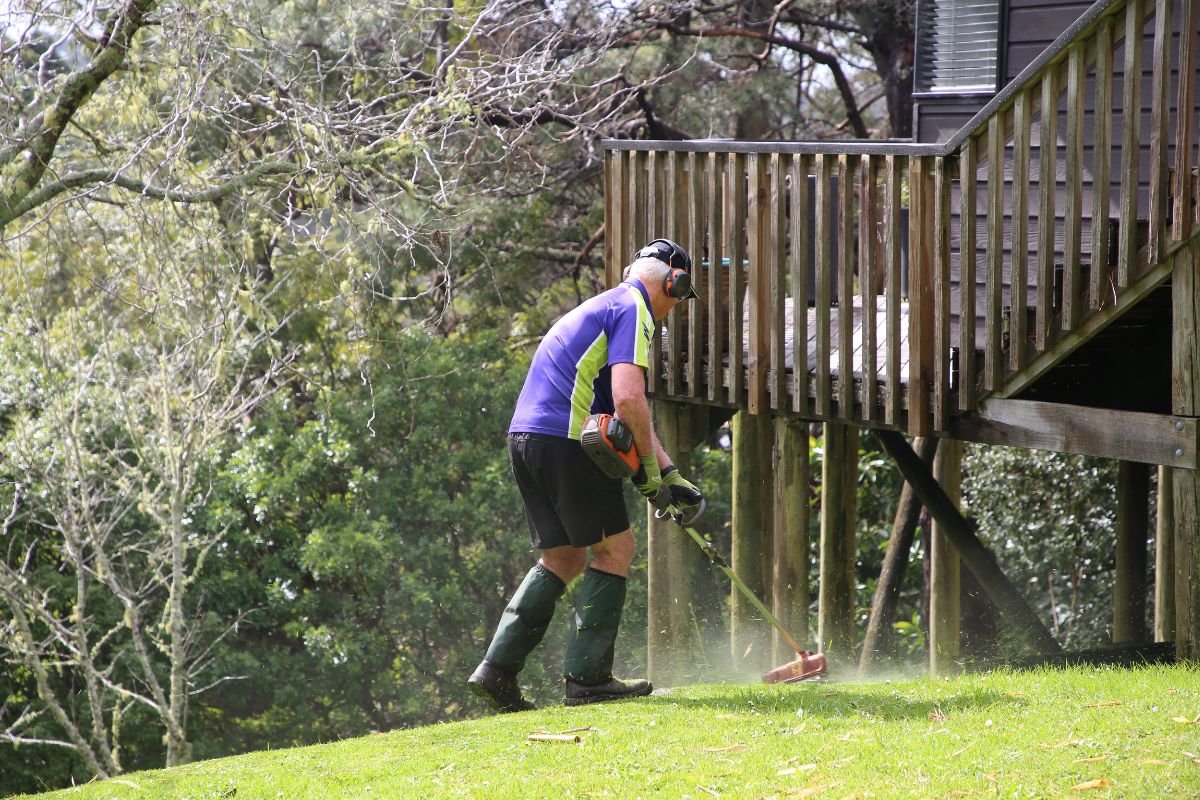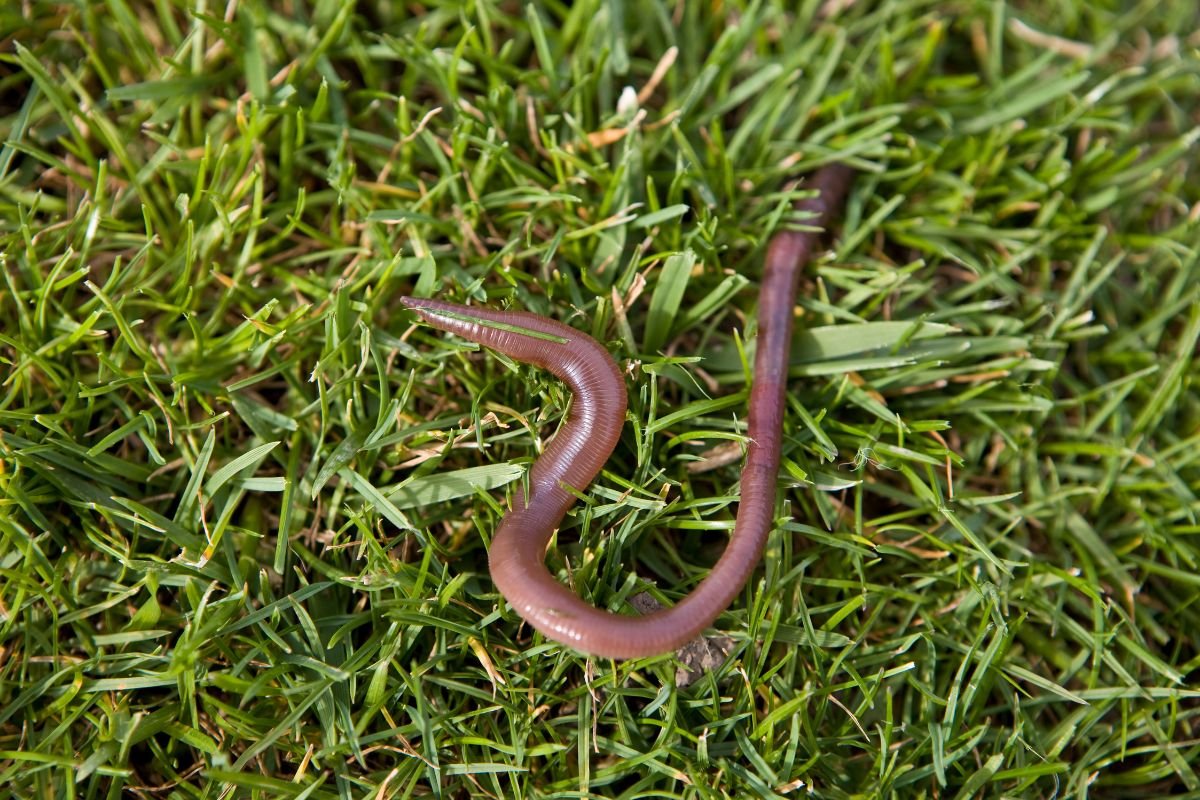Many people prefer to hire lawn care experts not only to save time but also to save hassle. Alongside mowing the lawns yourself, you must also ensure your lawn mower is in tip-top shape. It can be a frustration that many people would prefer to be without!
But some people would prefer to handle lawn mowing themselves. The only thing holding them back from hauling the mower out of storage is not understanding how they should look after it. The good news is that we can help! We’ve provided some helpful information below to help you give your lawn mower the tender, loving care it deserves.
Purchase Maintenance Gear
Most new mower owners find the most overwhelming part of mower maintenance is knowing what they need to keep their mowers in tip-top shape. Once you have all the essentials for both maintenance and basic repairs, it can be smooth sailing! We recommend having a maintenance kit with the following:
Safety gloves
A socket set for removing parts
Lawn mower oil
A spare spark plug
A spare set of blades (or equipment to sharpen your blades)
WD40
Rags
A soft brush
A wire brush
Clean Your Mower
You likely already have plenty of things you need to keep clean, like your car and home. Add your lawn mower to your ‘must-clean’ list. The cleaner your mower is, the easier it can be to maintain. At a minimum, clean your mower before you undertake maintenance.
This can be pretty easy to do with the items you purchased in your maintenance kit – the rags and soft brush. Wipe away grass, dirt, and debris so you’ve got clean surfaces to work with!
Important note: Always disconnect the spark plug and ensure the throttle is off before performing any kind of mower maintenance.
Lubricate Moving Parts
Lawnmowers put up with a lot. They have many moving parts, which can be prone to stiffness and damage when not taken care of. Take your handy-dandy can of WD40 and spray it over moving components like the height adjustment lever, the throttle cable, and the wheels. Clean excess lubricant away once you’ve finished the job.
Take Care of the Spark Plug
Some people think their mowers are destined for the rubbish dump because they’re not running properly. Sometimes, they won’t go at all! Often, the problem is a part that costs under $20: the spark plug.
When you’re gearing up for another growing season, get into the habit of checking the spark plug. You might also check the spark plug if your lawn mower doesn’t start, is using more fuel than usual, takes a long time to start, or loses power when moving.
If the spark plug is worn down or damaged, replace it with a new one. Otherwise, cleaning it with a wire brush before reinstalling it might be all it takes to have your mower working at its best once more!
Take a Peek At the Air Filter
Air filters might not be something you can see on a lawn mower at a glance, but they’re important to check! Pop off the cover and clean the air filter underneath with a brush. If it’s too dirty to clean with a brush, replace it. Most air filters are under $20 and are designed to prolong the engine life, increase fuel efficiency, and reduce emissions.
Inspect Under the Mower
Underneath your mower is where all the action happens. So, it can be essential to see whether the blades are in excellent condition and have no grass build-up. Don’t tip your mower upside down to check. Instead, lean it back far enough so you can see.
If the blades are damaged or worn, replace them. You can also sharpen the blades yourself or take them to your local servicing centre.
Important note: Always wear safety gloves when handling the blades and ensure the spark plug is out and the throttle is in the ‘off’ position.
Check the Fluids
Last but not least, check the fluids. You won’t get far without oil and fuel if you have a four-stroke petrol-powered lawnmower. Top up the oil if it’s low. However, if the oil appears dirty or dark, drain it and replace it.
Now that you’re ready to start mowing, check the fuel tank and add as much fuel as you’ll need to mow your lawns. By only adding as much fuel as you need, you can prevent it from going stale the next time you use it. Alternatively, you can add a fuel stabiliser when the time comes to winterise your mower for the colder months of the year.
Here are some other yard tasks you can take care of when you’re not mowing in winter!
Start Mowing
After performing these important maintenance tasks, you’re ready to start mowing your lawns! Remember, if you’d prefer not to tackle these maintenance tasks, you can sell the mower and hire a lawn care expert to take care of your mowing needs!








































